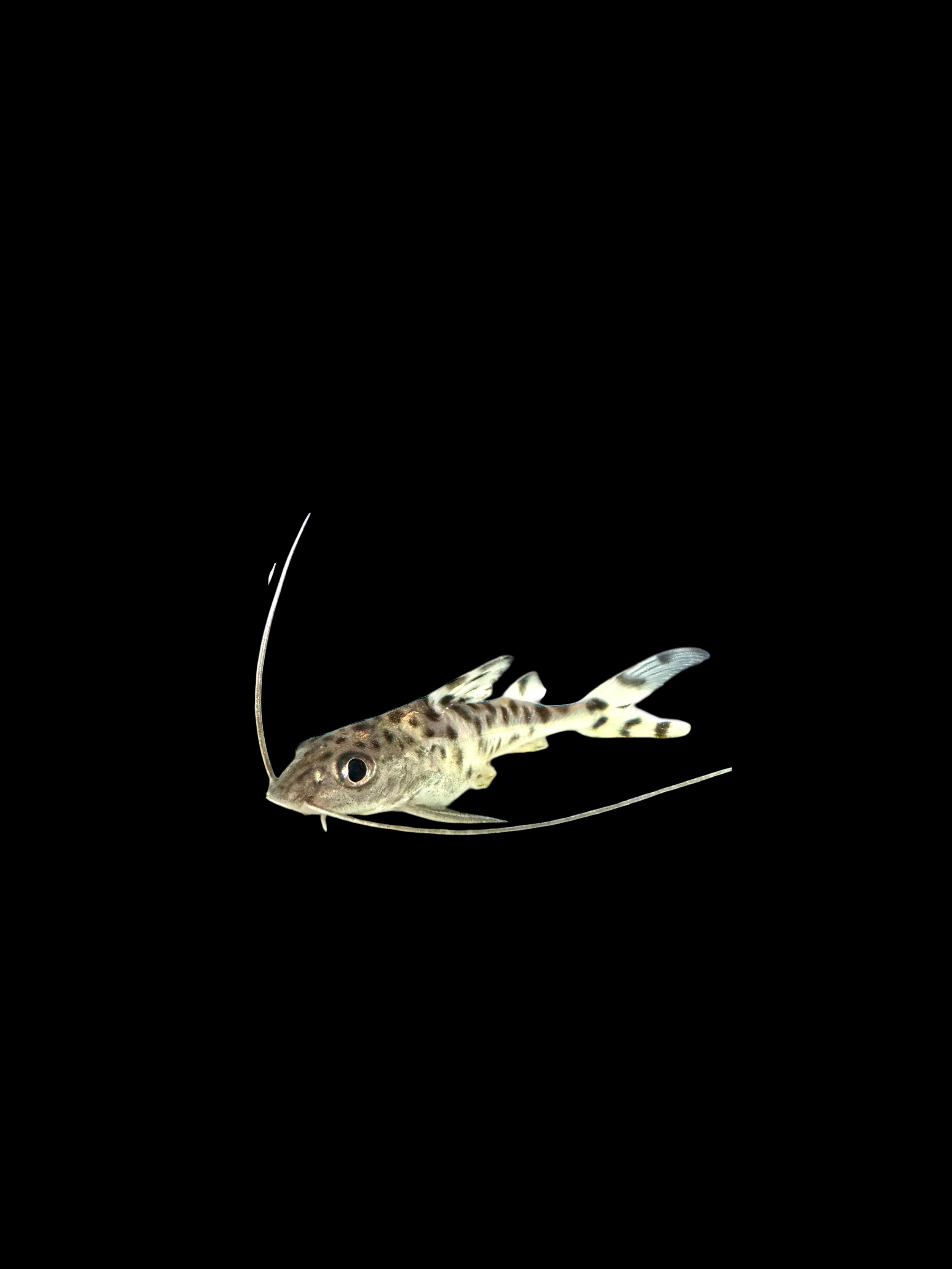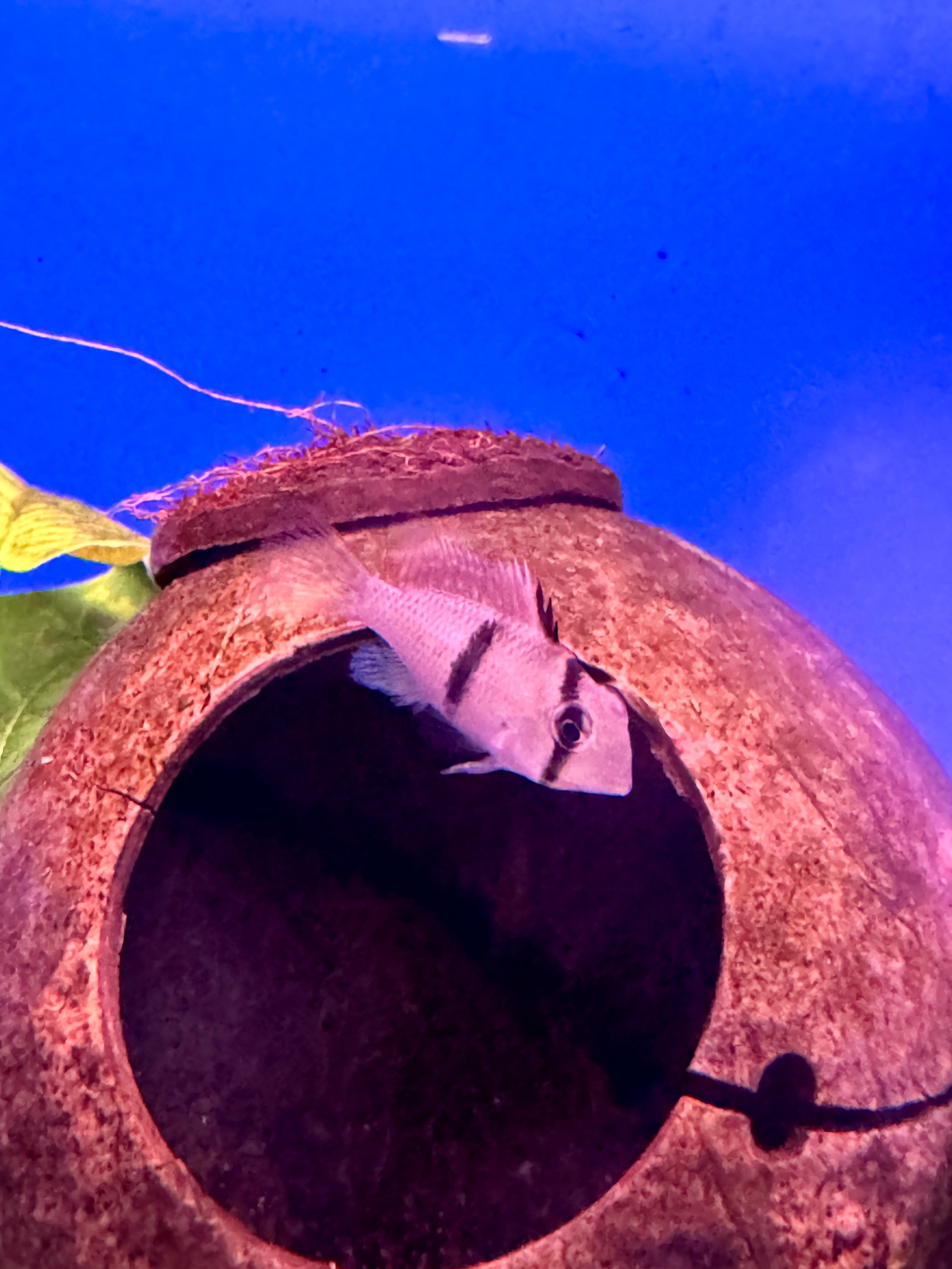Red Whiptail Catfish (Rineloricaria sp.)
Scientific Name: Various species within the genus Rineloricaria
Common Name: Red Whiptail Catfish
Family: Loricariidae
Origin: South America, primarily the Amazon Basin and surrounding regions
Size: Up to 4 inches (10 cm)
Lifespan: 5-10 years
Diet: Omnivorous; primarily feeds on algae, biofilm, and small invertebrates, but will also eat sinking pellets and blanched vegetables
Temperament: Peaceful and shy
Water Parameters:
Temperature: 72-82°F (22-28°C)
pH: 6.5-7.5
Hardness: 5-15 dGH
Tank Size: Minimum 100 Litres, but larger tanks are better for providing a more natural environment
Compatibility: Good with peaceful community fish and other small, non-aggressive bottom dwellers






